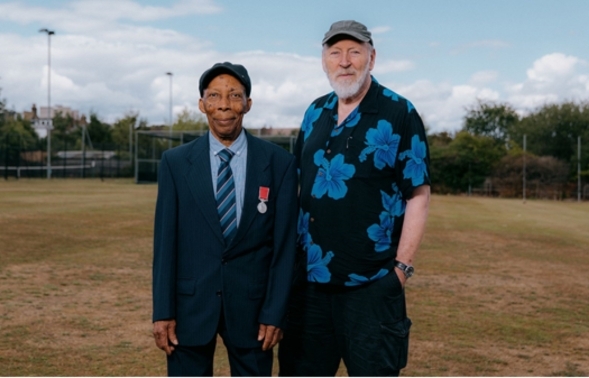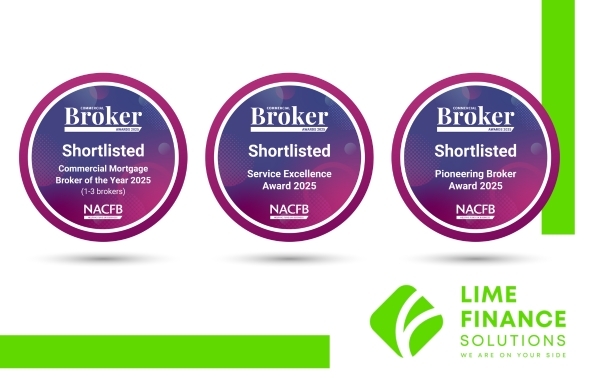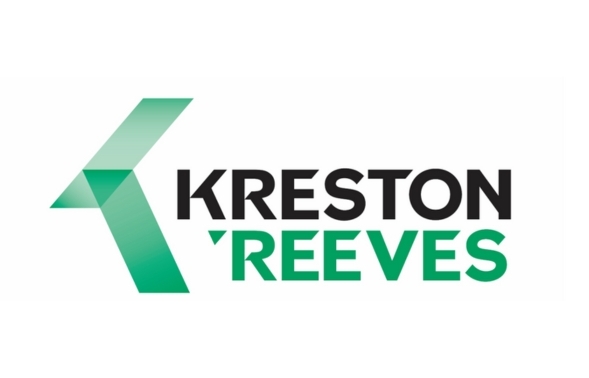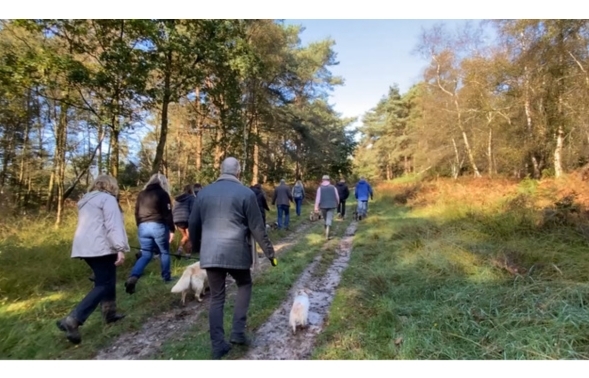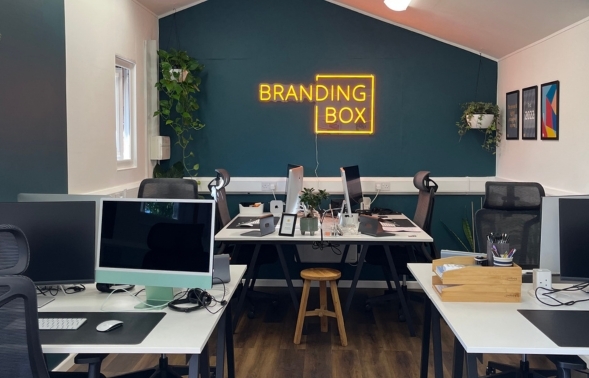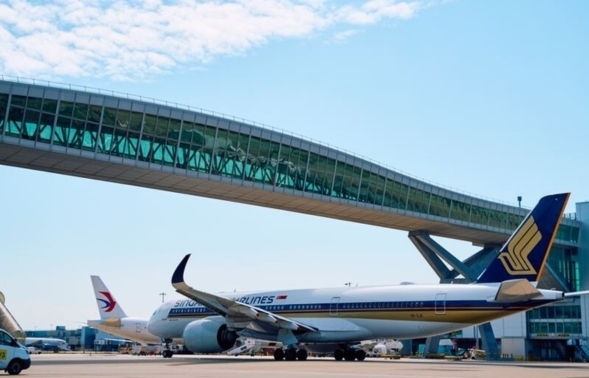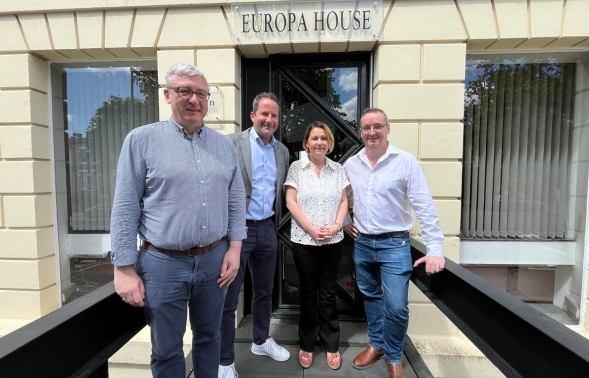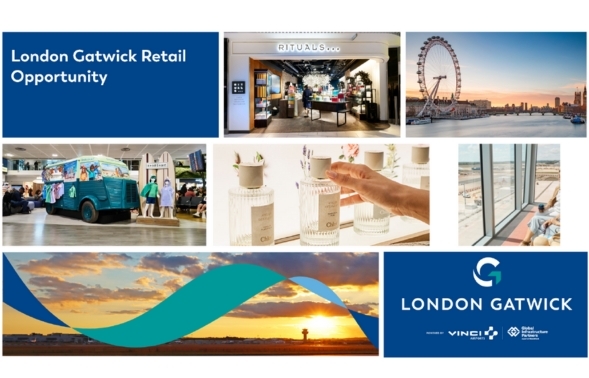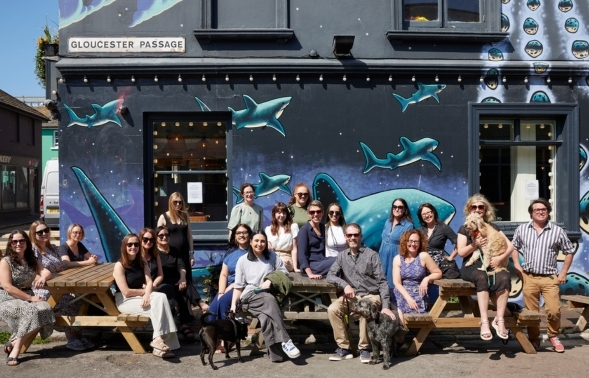Gatwick Airport is currently in a 12-week public consultation (running to the end of November 2021) on a planned 16-year project to better utilise its existing North Runway as a low impact method of unlocking capacity and increasing the resilience of its infrastructure.
Now, looking closer at some of the details of the project, what can other businesses learn from their #BrighterThinking approach?
Repurposing existing assets
As an asset already held within the business, the North Runway is underutilised. By extending the dimensions slightly and modifying its centre line, the runway can be brought into routine use to support the main runway and increase the airport's capacity in a low impact and cost-effective way.
Although some waterways and ponds will be diverted or relocated as part of a flood management program, no new land is required, so there are no issue around compulsory orders or lost homes and business normally associated with airport expansions.
- Consider how your organisation deploys existing assets, especially those now dormant or not fully utilised. Can obsolete equipment be repurposed for a new use? A little creativity may be required here, but a full asset review can be a useful project to undertake.
Creating local benefits
As part of the planned project, local jobs will be created by building additional parking facilities, hotels, and other services. This generates value for the local community.
The additional runway will generate operational improvements, reducing the time each flight is producing noise and air pollution whilst waiting to take off and land. This will result in a lower environmental impact per flight through reduced cardon emissions and sound pollution.
- Consider the local community as a key stakeholder in your business or organisation. ESG is becoming an increasingly important part of an organisation's strategy and if you can engage and connect with the local community this can bring real long-term benefits and goodwill. Employees being part of a similar initiative can also benefit from the experience in terms of mental health and job satisfaction.
Think positive, stay focussed
Whilst the air travel sector and all support service industries were hit extremely hard by the pandemic, Gatwick Airport has not allowed the relative short-term impact of COVID to affect its long-term strategy and has a steely focus on moving the project forward, despite the current difficult (albeit slowly improving) market conditions.
- Don't be put off from your long-term vision due to relatively short-term challenges. Ultimately your business vision remains fixed and focussed, but the strategy to make this vision reality can be modified as the journey progresses.
Customer experience is king
Gatwick Airport is looking to improve and streamline the customer experience as a result of the repurposing project - achieving this in many ways including:
- Shorter 'flight' times by lowering runway hold times and airborne hold times
- Constructing brand new purpose-built facilities including a new hotel
- Creating additional parking
- Streamlining check-in procedures with state-of-the-art technologies
- Consider all aspects of the customer journey. Create ways to engage customers so that the experience is memorable as this is the best way to create brand loyalty. Obtain feedback from customers - this can be invaluable - and ideally should be a real time conversation, not a survey weeks after the event.
Climate matters
The repurposing plans Gatwick Airport have devised give extensive consideration to the environmental impact of the project, in both the short-term and long-term.
There are plans for numerous electric vehicle charging points and other EV incentives such as priority parking to encourage wider usage, and they have set net zero carbon operational targets for the medium term. Continuous engine technology development and the potential for more sustainable aviation fuels will be supported with possible incentives for airlines investing in or employing improvements in these areas.
- Set ambitious, but realistic, environmental impact goals, including a deadline for becoming a carbon neutral organisation. Publicise these goals and make the business leadership accountable for monitoring and reporting on progress.
In summary, there are some key strategic methodologies within these plans that can be sensibly applied across industries and sectors to fine-tune existing corporate and strategic projects. Thinking creatively, engaging customers and the local community, and some good old-fashioned positive thinking can all contribute towards an improved outcome.
